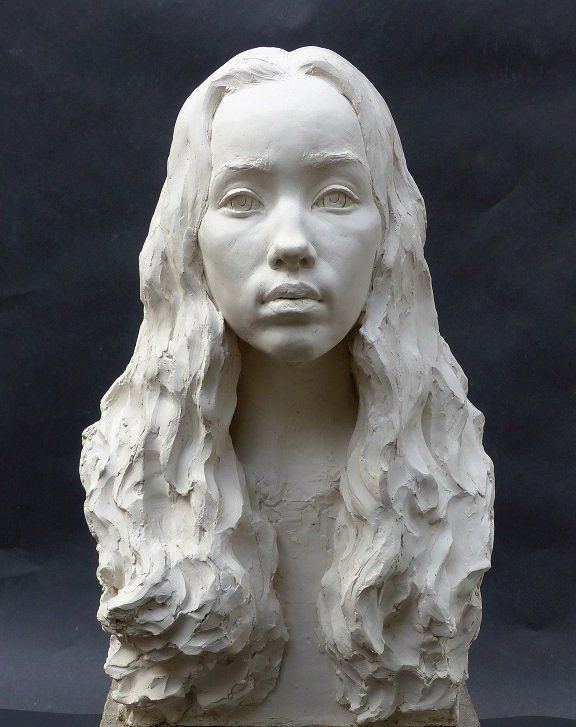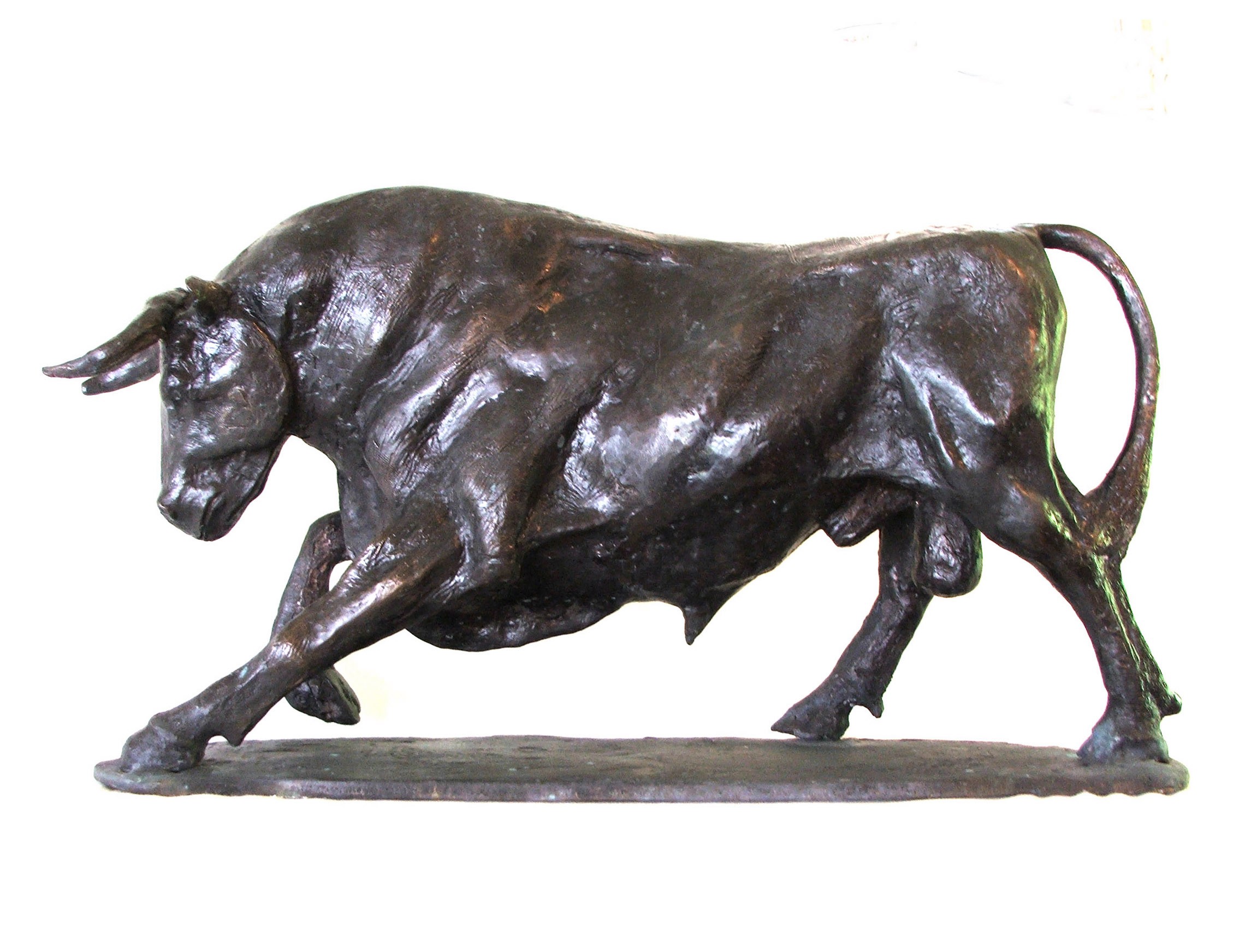Forming the Human Kind: Representations of the Body in Sculpture
Sculpting the Human Type: Representations of the Body in Sculpture is a comprehensive exploration of the creative representation of the human body throughout history. From the exquisite marble sculptures of ancient Greece to the complex work of arts of the Renaissance, from the flamboyant and ornate Baroque and Rococo sculptures to the avant-garde and abstract expressions of modern-day and modern sculpture, this event uses an exciting journey through the evolution of this ageless art type.
Old Greek Sculptures

One of the specifying features of Ancient Greek sculptures is their emphasis on proportion. Each part of the body is thoroughly crafted to be symmetrical to the entire, creating a sense of balance and harmony. The carvers paid cautious focus to every information, from the placement of muscle mass to the positioning of arm or legs, ensuring that each figure appeared both graceful and powerful.
The Greeks likewise valued the idea of idyllic charm. Instead of showing the blemishes and flaws of the human form, they sought to create an idealized version of reality. The sculptures commonly represented gods, professional athletes, and sirens, with their bodies shaped to perfection. Robert C Hitchcock Sculptor. This idealized representation of the human form not just celebrated physical appeal yet likewise worked as a means of inspiring and boosting the viewer.
Renaissance Masterpieces
Continuing the exploration of the representation of the human kind in sculpture, Renaissance work of arts further refine the idealized idea of appeal, structure upon the unified and balanced percentages of their Old Greek precursors. Throughout the Renaissance duration, which extended from the 14th to the 17th century in Europe, artists sought to revive the classical ideals of ancient Greece and Rome. They studied and mimicked the works of the ancient masters, pursuing a practical depiction of the body.
Among one of the most prominent Renaissance artists was Michelangelo Buonarroti. His work of art, the sculpture of David, exhibits the perfection and elegance that ended up being associated with Renaissance art. Standing at over 17 feet tall, the sculpture depicts the biblical hero in a state of calm before his battle with Goliath. David's muscle figure, recorded with exceptional information, reveals the musician's mastery of human composition.
One more noteworthy Renaissance sculptor was Donatello. His sculpture of Saint George, developed in the very early 15th century, showcases the artist's capability to convey toughness and nobility through the human kind. The sculpture portrays the legendary dragon-slaying saint in a positioned and positive stance, exhibiting a feeling of heroism.
Renaissance masterpieces not only commemorated the physical appeal of the human body yet likewise conveyed much deeper emotions and meanings. With their careful interest to information and knowledgeable craftsmanship, Renaissance carvers boosted the art of sculpture to brand-new elevations, leaving a long-term heritage that proceeds to inspire artists to this particular day.
Baroque and Rococo Sculpture
Rococo and baroque sculpture exemplifies the luxuriant and lavish representation of the human type throughout the 17th and 18th centuries. Characterized by its significant and dynamic style, Baroque sculpture aimed to mesmerize viewers with its grandeur and emotional strength. Artists such as Gian Lorenzo Bernini and Alessandro Algardi created sculptures that shared movement, usually portraying numbers in significant positions. The usage of light and darkness even more improved the feeling of drama, producing a staged effect.
Rococo sculpture, on the other hand, emerged as a response to the grandiosity of the Baroque duration. They usually represented numbers in sensual and graceful poses, mirroring the laid-back and wayward nature of the Rococo style.
Both Baroque and Rococo sculpture placed a terrific emphasis on the human form, commemorating its appeal and revealing a variety of emotions - Bronze Sculptures. Whether it was the dynamic and effective figures of the Baroque or the elegant and charming figures of the Rococo, these sculptures captured the significance of the human experience, leaving a long-term effect on the art world
Modern and Contemporary Sculpture
The advancement of shaping the human form proceeds in contemporary and modern sculpture. With the advent of brand-new helpful site materials and strategies, artists have actually pressed the boundaries of depiction, challenging typical concepts of type and beauty. Modern sculpture arised in the late 19th century as a feedback to the changing political and social landscape. Artists such as Auguste Rodin and Constantin Brancusi looked for to catch the significance of the human type, stressing emotion and activity. Rodin's "The Thinker" and Brancusi's "Bird precede" are renowned instances of this period.
In the 20th century, the increase of abstraction and theoretical art brought new possibilities for carvers. Musicians like Henry Moore and Barbara Hepworth checked out the partnership in between form and area, creating natural and abstracted numbers that tested conventional concepts of depiction. Moore's huge bronze sculptures and Hepworth's sculpted rock works are celebrated for their ingenious use products and their capability to stimulate a feeling of the body in a non-literal means.
Contemporary sculpture continues to push the boundaries of representation and check out brand-new products and strategies. Musicians like Antony Gormley and Ron Mueck develop hyper-realistic sculptures that challenge our understanding of the human body, while others, such as Louise Bourgeois and Kiki Smith, utilize the body as a metaphor for cumulative and individual experiences. The human type stays a powerful subject in sculpture, supplying a platform for musicians to check out identity, emotion, and the human condition.
Cultural Perspectives on the Human Body

In the expedition of shaping the human form, the examination of social viewpoints on the human body reveals a varied and rich tapestry of interpretations and depictions. Throughout background, various cultures have actually held special beliefs and values pertaining to the body, leading to distinct imaginative expressions - Robert C Hitchcock Sculptor. These cultural viewpoints form the way the human body is portrayed and regarded in sculpture, mirroring social standards, religions, and aesthetic suitables
For circumstances, ancient Greek sculptures celebrated the idealized human type, stressing physical beauty and athleticism. The sculptures portrayed gods, heroes, and athletes with completely proportioned bodies, symbolizing the Greek principle of physical excellence. On the other hand, old Egyptian sculptures concentrated on the conservation of the body in the immortality, showing numbers with idyllic attributes and inflexible postures. The Egyptians believed that the body should exist in a manner that ensured its eternal existence.
Likewise, cultural perspectives on the body in African art frequently emphasize communal identification and spiritual ideas (Bronze Sculptures). Sculptures from various African societies illustrate the human body with overstated attributes, representing cultural worths and ancestral connections. Native cultures in the Americas additionally have special perspectives on the body, commonly showing it in a spiritual context and highlighting the connection in between humans and nature
The exam of cultural perspectives on the human body in sculpture enables us to obtain insight right into the values, ideas, and visual appeals of various societies throughout background. It highlights the diversity of human experiences and the methods which art shows and forms our understanding of the human form.
Verdict
In final thought, the representation of the body in sculpture has actually progressed in time, mirroring various imaginative motions and cultural point of views. From the idealized numbers of Ancient Greek sculptures to the realistic and stirring Renaissance masterpieces, and the intricate information of Baroque and Rococo sculptures, to the abstract and experimental kinds of modern and modern sculpture. The human body has actually been a topic of attraction and artistic expedition throughout history, showcasing the varied analyses and expressions of the human type.
Sculpting the Human Type: Representations of the Body in Sculpture is a thorough exploration of the creative representation of the human body throughout history. From the charming marble sculptures of ancient Greece to the detailed masterpieces of the Renaissance, from the flamboyant and luxuriant Baroque and Rococo sculptures to the progressive and abstract expressions of modern-day and contemporary sculpture, this exhibit offers a fascinating trip through the development of this classic art form. Musicians like Antony Gormley and Ron Mueck produce hyper-realistic sculptures that test our assumption of the human body, while others, such as Louise Bourgeois and Kiki Smith, utilize the body as an allegory for individual and collective experiences. The human kind remains a powerful topic in sculpture, giving a platform for artists to discover identification, emotion, and the human condition.
From the idyllic numbers of Old Greek sculptures to the reasonable and emotive Renaissance masterpieces, and the elaborate details of Baroque and Rococo sculptures, to the abstract and speculative kinds of modern and contemporary sculpture.